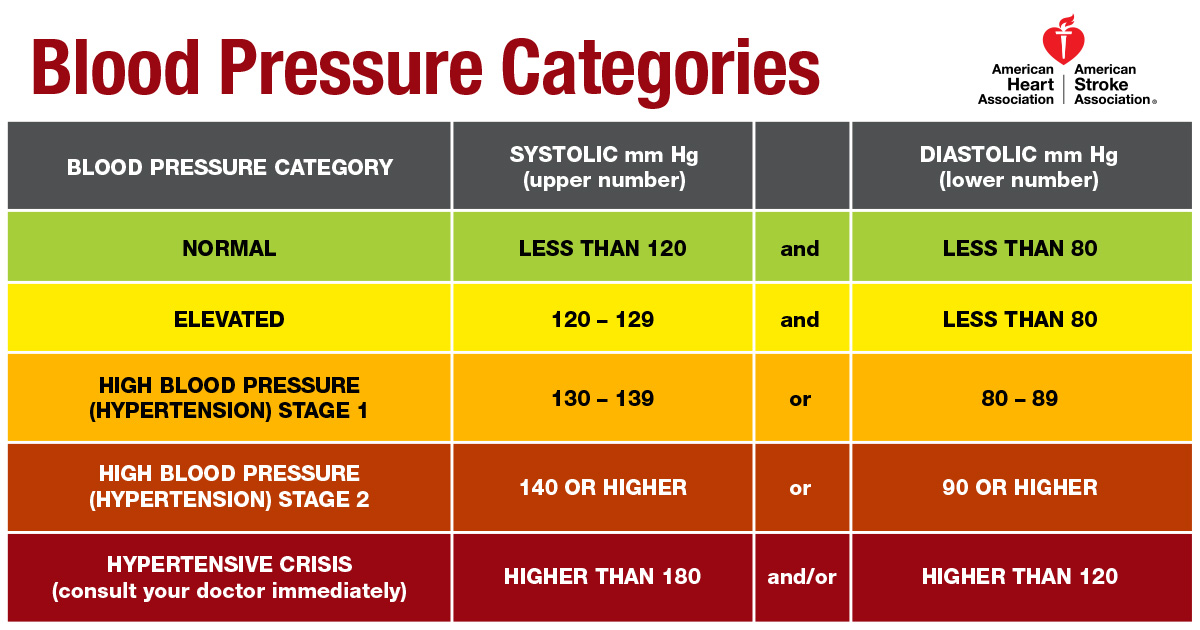Don’t Break Your Heart: Living a Heart- Healthy Lifestyle
February is the month of love. Whether it is a love for a friend, family or significant other, we celebrate
it using the world’s most used symbol – a heart. While we pour red and hearts all over our Valentine’s Day
decorations, let’s not forget to take care of the one inside our bodies, an organ which we surely cannot live
without.
From the 2017 data of Philippine Statistics Authority, ischemic heart disease was found to be the top
leading cause of death for both male and female in the country (PSA, 2017). While this data is staggering,
developing cardiovascular diseases isn’t inevitable. Adapting a healthy lifestyle, especially when started at a
young age, goes a long way in preventing heart related diseases. For this article, we will be discussing who are
at risk, signs to look out for and tips on how you can live a heart-healthy lifestyle.
Before applying any intervention, learning about your health history is priority. Anyone can develop
heart disease but knowing these will allow you to assess your level of risk. Here is a quick list to check:
? Age: higher risk if you’re a woman over age 55 or you’re a man over age 45
? Family history: higher risk if your father or brother had heart disease before age 55 or your mother or
sister had heart disease before age 65
? Health conditions: higher risk if you are diagnosed with Type 2 Diabetes, Obesity, or have high
cholesterol or high blood pressure
? Diet: higher risk if your diet is high in saturated fat and trans-fat
? Physical activity: higher risk if you’re not getting enough physical activity or living a sedentary life
? Vices: higher risk if you are a smoker
Early heart disease often doesn’t manifest into symptoms or symptoms may be barely noticeable, that’s
why regular check-ups are also very important. Check in with your doctor if you’re feeling any of these signs:
? Pain, numbness, and/or tingling in the shoulders, arms, neck, jaw, or back
? Shortness of breath when active, at rest, or while lying flat
? Chest pain during physical activity that gets better when you rest
? Lightheadedness
? Dizziness
? Confusion
? Headaches
? Cold sweats
? Nausea/vomiting
? Tiredness or fatigue
? Swelling in the ankles, feet, legs, stomach, and/or neck
? Reduced ability to exercise or be physically active
? Problems doing your normal activities
It is also best to have your own blood pressure monitoring device on hand. Maintaining an awareness
of your numbers can alert you to any changes and help you detect patterns. According to the American Heart
Association’s new blood pressure cut-offs as seen below, maintaining a blood pressure less than 120/80 mm Hg
is considered normal.


The good news is that while you can’t change your age or your family history, modifying behaviours
can lower your heart disease risk while also preventing other serious chronic diseases like cancer and diabetes.
Here are strategies you can use from CDC:
? Move more, sit less: Regular physical activity helps improve your overall health, fitness, and quality
of life. For adults, at least 150 minutes of moderate-intensity aerobic activity every week, plus muscle-
strengthening activities at least 2 days a week is recommended. Walking 30 minutes a day, 5 days a
week can also be beneficial.
? Quit smoking: There is no other recommendation with smoking aside from totally quitting. Quitting
smoking now improves your health and reduces your risk of heart disease, cancer, lung disease, and
other smoking-related illnesses.
? Rethink your drink: Choose water over sugary drinks. If water just won’t do, reach for drinks that
contain important nutrients such as low fat or fat free milk, fortified milk alternatives, or 100% fruit or
vegetable juice first.
? Take medicines as directed: If you take medicine to treat high cholesterol, high blood pressure, or
diabetes, follow your doctor’s instructions carefully. Always ask questions if you don’t understand
something. Never stop taking your medicine without talking to your doctor, nurse, or pharmacist.
? Eat a healthy diet
o a wide variety of fruits and vegetables for fiber
o whole grains and products made up mostly of whole grains
o healthy sources of protein (mostly plants such as legumes and nuts; fish and seafood; low-fat
or nonfat dairy; and, if you eat meat and poultry, ensuring it is lean and unprocessed)
o liquid non-tropical vegetable oils
o minimally processed foods
o minimized intake of added sugars
o foods prepared with little or no salt
There are already widely available healthy recipes out there that can sure help you while you’re
planning your shift to a heart-healthy lifestyle. You can find some of them from Gardenia! Gardenia offers
various healthy bread options such as Gardenia High Fiber Whole Wheat Bread, Gardenia High Fiber Wheat
Raisin Loaf, and Gardenia Wheat Cranberry Loaf as some. These breads are not only rich in whole-grain
goodness but are also a good source of vitamins and minerals, perfect for healthy meal.
You can try Gardenia Tuna and Corn Melt, a recipe made with Gardenia High Fiber Wheat Raisin Loaf. Serve
it as one of your dishes for your friends and family this Valentine season.
Gardenia Tuna and Corn Melt

Ingredients:
? Gardenia Wheat Raisin Bread 3 slices
? Canned Tuna, drained 1 can
? White Onion, chopped 1/2 pc
? Corn kernels 2 tbsp
? Cheddar Cheese 2 tbsp
? Salt and pepper to taste
Procedure:
1. Cut out shapes from the center of the bread using a
heart-shaped cookie cutter. Set aside.
2. In a bowl, combine tuna, corn, chopped onions, cheese and season with salt and pepper to taste.
3. Scoop at least 1 tbsp of the tuna mixture onto the heart shape bread and spread.
4. Toast it until cheese is melted.
5. Serve warm and enjoy!
Switching to a heart-healthy lifestyle sure sounds like a chore but if you weigh the pros and cons of it, the
pros will definitely win your heart over. As we continue to celebrate love this month, let’s not forget to protect
our hearts to these conditions that may come and break it. Happy Healthy Hearts Month, lovebirds!
Sources:
Philippine Statistics Authority. 2019. Registered Deaths in the Philippines, 2017. https://psa.gov.ph/vital-
statistics/id/138794
NIH National Institute on Aging (NIA). 2018. Heart Health and Aging. https://www.nia.nih.gov/health/heart-
health-and-aging
National Center for Chronic Disease Prevention and Health Promotion. 2021. 7 Strategies to Live a Heart
Healthy Lifestyle. https://www.cdc.gov/chronicdisease/resources/infographic/hearthealth.htm
American Heart Association. 2021. The American Heart Association Diet and Lifestyle Recommendations.
https://www.heart.org/en/healthy-living/healthy-eating/eat-smart/nutrition-basics/aha-diet-and-lifestyle-
recommendations